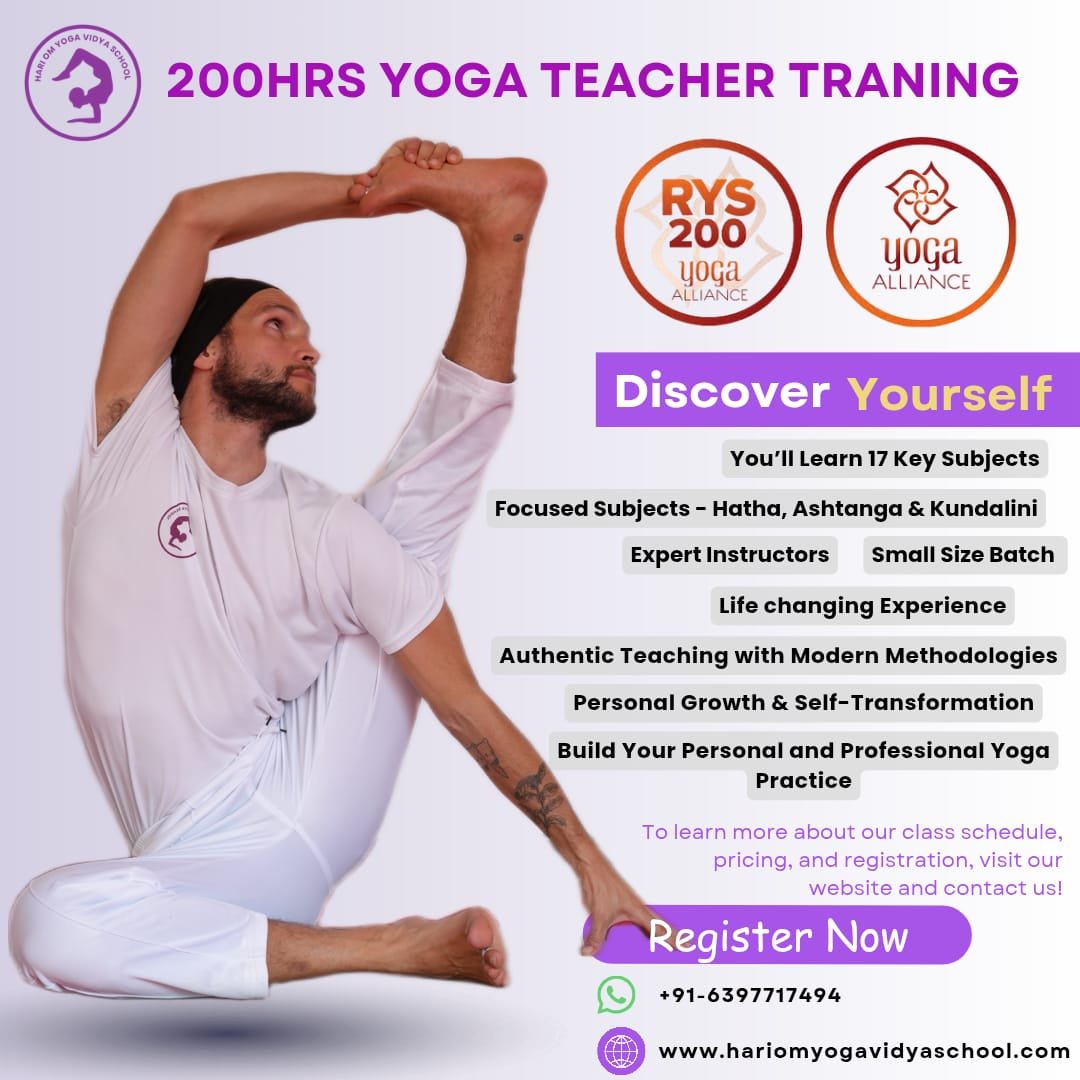Purvattanasana – Intense East Stretch
What is Purvattanasana?
You will also hear the name Reverse Plank being associated with this pose. Purvattanasana mainly stretches the front part of the body, and also strengthens the back. Your frontal arms also get a deep stretch. In the Ashtanga Yoga Primary series, you will be doing the Intense east stretch just after the intense west stretch or Paschimottasana. The latter is mainly used to give the back of the spine an intense stretch, while the reverse plank pose gives a stretch to the back of the legs.

Purvattanasana is a balancing pose, that can empower you and energize you at the same time. The name comes from Sanskrit texts.
- Purva means ‘east’,
- Uttana means ‘intense stretch’,
- asana means ‘pose’.
So, that explains the meaning of the name. Now, you should learn some of the intricacies of the asana.
Read More: Why Is Kundalini Yoga Dangerous? The Truth About Its Risks and Rewards
How To Do the Purvattanasana?
The asana might look quite difficult to grasp in the beginning, but it can be perfected after some practice. Moreover, the centre of gravity of the pose seems to be further away from the feet, that gives rise to the difficulty levels. You will find out how to do the asana, in a few easy steps here:
- You have to sit with your legs outstretched in front of you, in Dandasana.
- You have to shift both your hands slightly behind the buttocks, with palms facing downward, resting on the floor. The fingers should point in front. The toes should also point towards the front.
- Now, you have to slowly lift your thighs up, drawing your belly in, as you inhale. The hands should be used as support to lift your body up. Keep your chin in contact with the chest at first.
- When you are almost stable in the position, you have to straighten your shoulder blades, and stiffen them up and also lift the chest.
- After you have lifted your chest to a suitable height, you can bring the head back.
- If the above head position is not comfortable for you, you can keep your chin tucked into the chest, while looking upward.
- You have to stay in the position for five breaths, and then exhale and lower the body. First, you have to lower the hips and then sit as if in Dandasana.
Modifications of Purvattanasana
Ardha Purvattanasana Variation A
Steps To Do:
- You have to start from the seated position, where your legs are outstretched in front of you. It is the Dandasana to be precise.
- Then, you have to bend your legs at the knees, with feet firmly placed on the ground, hip-width apart.
- The arms have to kept behind the hips, with palms flat on the ground. The fingers should point towards the feet.
- Lean back on the arms, and inhale slowly, and lift the hips upwards. The toes and the knees should be pointing forward.
- You can either stare at the ceiling, or you can drop your head back.
- While engaging your body in this posture, you have to press the feet firmly on the ground. Squeeze your thighs and glutes, while engaging yourself in the Mulabandha.
- You have to ensure to draw the shoulder blades inside, and lift the body upwards.
- Breathe continuously while achieving the position, and hold the position for 2-6 breaths.
- To release yourself from the position, you have to exhale slowly, and lower your body to the floor.
While doing the asana for the very first time, beginner may face certain problems. So, you can use certain props to modify the asana a bit.
- Blocks – You can use two blocks behind the hips, as you sit in Dandasana. You can move your hands backwards and place both hands on the blocks, and then lift the body.
- You can also stack three to four blocks on the floor, and sit on top of the blocks. The legs should be extended in forward direction. Slowly, you can lean backwards, and place both your hands behind you, with palms facing downward, on the floor. This will help you to balance the buttocks and you can stick around for a longer time.
- Chair – You can also use a chair, while performing the staff pose or Dandasana. Reach out to the seats, with your hands and slowly lift yourself up.
You have to take 5 deep breaths, when you are up in the pose, and your Drishti should be either towards the nose or Nasagra, or Urdhva.
Safety Precautions Decoded
Firstly, you should practice some of the preparatory poses, like cow pose, bridge pose, and bow pose. These will open up the chest cavity and the shoulder muscles, making it easier for you to do the asana.
If you feel confident about doing it, you can drop your head towards the mat. However, if you have neck injuries and shoulder injuries, you should take caution and maintain the head and neck alignment, as much as possible.
Some of you may find the position quite challenging. In that case, you can start practicing it, with one leg at a time. Moreover, if you are finding it very difficult to keep your legs straight, you can also fold them at the knee. Your fingers or the palm also plays a decisive role in this asana. You can either point the fingers towards the front or back, as per your comfort levels.
Always try to support your body, with the buttocks initially. You should also ensure to keep the wrists directly below your shoulders in the pose.
Who Can Do This Asana and Who Cannot?
- If you are of sound health, you can easily do the Purvattanasana. However, if you have injuries or some kind of pain in the neck or shoulder region, you may refrain from doing the pose.
- If you have an injured wrist, you should not perform the Purvattanasana.
- People with a high blood pressure, must refrain from doing the Purvattanasana.
- Avoid the Purvattanasana pose, if you are suffering from migraine.
- All those who have carpel tunnel syndrome, must avoid this pose.
- If you are suffering from cervical spondylitis, you must refrain from doing this pose.
Read More: Everything You Need to Know About Kundalini Yoga Teacher Training
Benefits of Purvattanasana
- The first benefit that you can derive from Purvattanasana, is the improvement of your shoulder alignment. If you are suffering from drooping shoulders, you must perform this pose.
- It also stretches the hip muscles and the spine, while sending a steady supply of blood to the brain, when you dip your head. This leads to a calming effect on the brain, and also relieves you from stress and anxiety.
- If you feel a certain heaviness in the abdomen during menstruation, Purvattanasana pose can ease your condition.
- Your arms and legs will also get more strength, as you continue to practice this asana. There is a lot of pressure on the wrists during the asana and there is a lot of stretch in the hamstrings, calves, and glutes.
- The shoulders and chest muscles are opened up, when you perform the asana, so you can get relief from respiratory illnesses. The heart and circulatory system functions well, too.
- You can improve your spine’s flexibility through this pose. Your spine also gets elongated.
- Your metabolism also improves when you regularly practice this asana. The thyroid gland is also activated, that aids in the functioning.
- The asana is said to have a positive effect on the Anahata chakra, and benefits the heart, lungs, and also the immune system.
You will also feel a lot of love and compassion.
Deepen Your Yoga Practice with Hari Om Yoga Vidya School
Located in the heart of Rishikesh, Hari Om Yoga Vidya School is a place where ancient yogic wisdom meets modern teaching techniques. As a top yoga school in Rishikesh, we are committed to providing authentic, immersive yoga education in a peaceful, spiritual setting. Recognized as one of the best yoga schools in Rishikesh, we offer structured training programs designed to help you evolve in your practice, whether you are a beginner or an experienced yogi.
If you’re searching for a yoga school in Rishikesh that focuses on holistic learning, experienced teachers, and a supportive community, look no further!
Explore Our Yoga Teacher Training & Retreats
At Hari Om Yoga Vidya School, we offer a range of courses tailored for different levels of practitioners:
✅ 100-Hour Yoga Teacher Training in Rishikesh – A foundational course for those looking to begin their yoga journey.
✅ 200-Hour Yoga Teacher Training in Rishikesh – An internationally recognized certification for aspiring yoga teachers.
✅ 300-Hour Yoga Teacher Training in Rishikesh – Advanced training to deepen your practice and refine your teaching skills.
✅ 7-Day Yoga Retreat in Rishikesh – A rejuvenating escape into yoga, meditation, and self-discovery.
✅ 10-Day Yoga Retreats in Rishikesh – A transformative experience that blends yoga, relaxation, and Himalayan serenity.
Join us for a life-changing experience and become part of our global yoga family! 🌿✨





